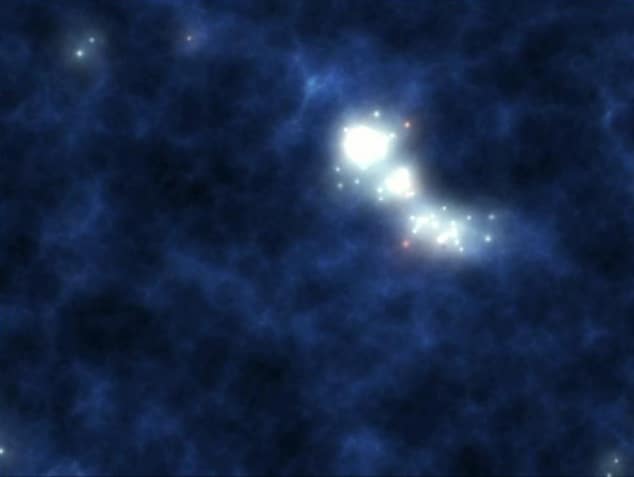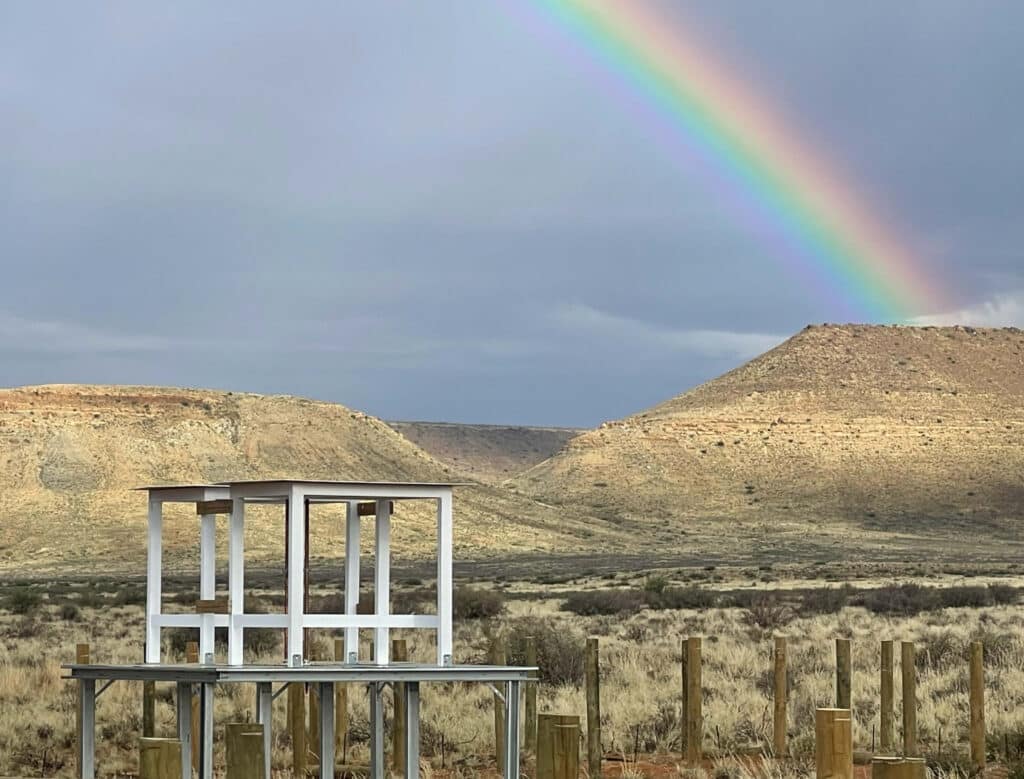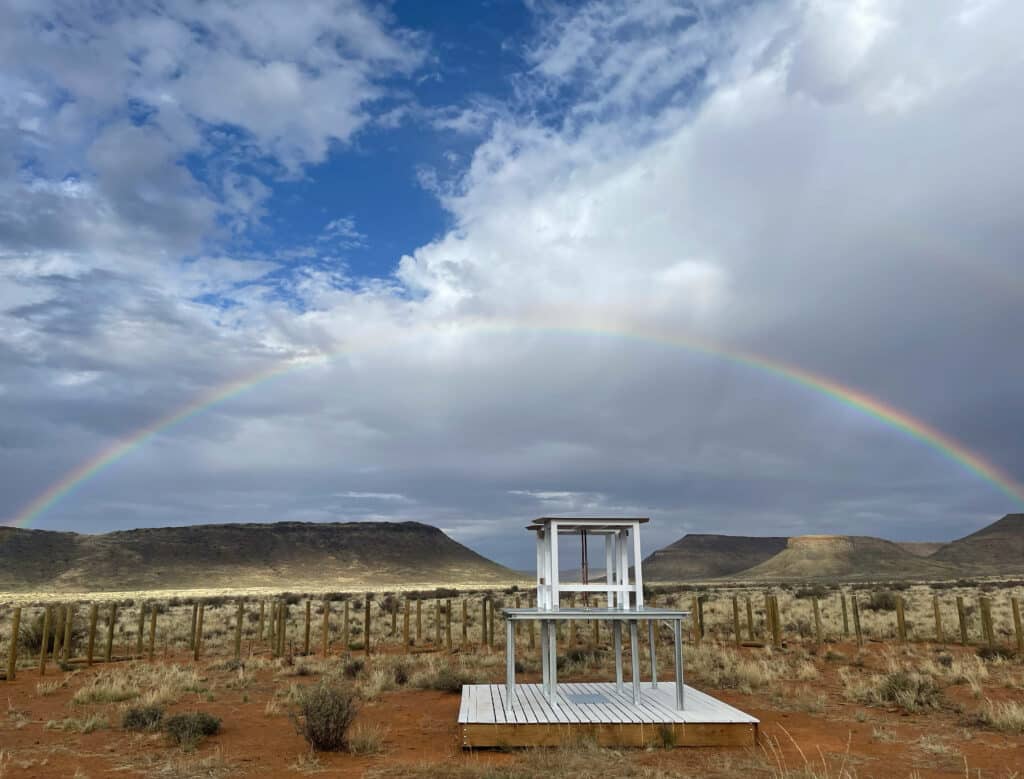
Astronomers develop novel way to ‘see’ through fog of early universe
A team of astronomers has developed an innovative method that will allow them to ‘see’ through the fog of the early universe and detect light from the first stars and galaxies.
The University of Cambridge, in collaboration with Maltese astrophysicists Dr Alessio Magro and Prof. Kristian Zarb Adami, has developed a methodology allowing them to observe and study the first stars through the clouds of hydrogen that filled the universe about 378,000 years after the Big Bang.
Observing the birth of the first stars and galaxies has been a goal of astronomers for decades, as it will help explain how the universe evolved from the emptiness after the Big Bang to the complex realm of celestial objects we observe today, 13.8 billion years later.
The Square Kilometre Array (SKA) — a next-generation telescope due to be completed by the end of the decade — will likely be able to make images of the earliest light in the universe, but for current telescopes the challenge is to detect the cosmological signal of the stars through the thick hydrogen clouds.
The signal astronomers aim to detect is expected to be approximately one hundred thousand times weaker than other radio signals coming from the sky, for example, radio signals originating in our own galaxy.
Using a radio telescope introduces distortions to the signal received, which can completely obscure the cosmological signal of interest — an extreme observational challenge in modern radio cosmology.

This artist’s animation illustrates the universe’s early years, from its explosive formation to its dark ages to its first stars and mini-galaxies. Scientists using NASA’s Spitzer Space Telescope found patches of infrared light splattered across the sky.
The international team has developed a methodology to see through the primordial clouds and other sky noise signals, avoiding the detrimental effect of the distortions introduced by the radio telescope.
Their methodology, part of the REACH (Radio Experiment for the Analysis of Cosmic Hydrogen) experiment, will allow astronomers to observe the earliest stars through their interaction with the hydrogen clouds, in the same way we would infer a landscape by looking at shadows in the fog.
Their method will improve the quality and reliability of observations from radio telescopes looking at this unexplored key time in the development of the universe. The first observations from REACH are expected later this year and the results have just been reported in the journal Nature Astronomy.
Dr Eloy de Lera Acedo from Cambridge’s Cavendish Laboratory, the paper’s lead author, said: “At the time when the first stars formed, the universe was mostly empty and composed mostly of hydrogen and helium.”
He added: “Because of gravity, the elements eventually came together and the conditions were right for nuclear fusion, which is what formed the first stars. But they were surrounded by clouds of so-called neutral hydrogen, which absorb light really well, so it’s hard to detect or observe the light behind the clouds directly.”
The methodology developed by Dr de Lera Acedo and his colleagues uses Bayesian statistics to detect a cosmological signal in the presence of interference from the telescope and general noise from the sky, so that the signals can be separated.
Prof. Zarb Adami said that to do this, state-of-the-art techniques and technologies from different fields have been required. “Today we can use supercomputers and leverage technology from modern communication systems to simulate a real observation using multiple antennas, which improves the reliability of the data.”
The telescope’s construction is currently being finalised at the Karoo radio reserve in South Africa, a location chosen for its excellent conditions for radio observations of the sky. It is far away from human-made radio frequency interference, such as television and FM radio signals.
The REACH team of over 30 researchers is multidisciplinary and distributed worldwide, with experts in fields such as theoretical and observational cosmology, antenna design, radio frequency instrumentation, numerical modelling, digital processing, big data and Bayesian statistics. REACH is co-led by the University of Stellenbosch in South Africa.
Dr Magro and Prof Zarb Adami, at the University of Malta’s Institute of Space Sciences and Astronomy, are leading the digital processing aspects of the project. They are adapting technology which their team has designed and developed for the SKA to suit the more stringent requirements of this telescope.
“Since the power of the signal we want to detect is so weak, novel digital processing techniques had to be developed to maximise the dynamic range which can be generated by the antennas’ system,” Dr Magro said.
- July 23, 2022 No comments Posted in: Press Launches Tags: First stars, Prof Kristian Zarb Adamii







